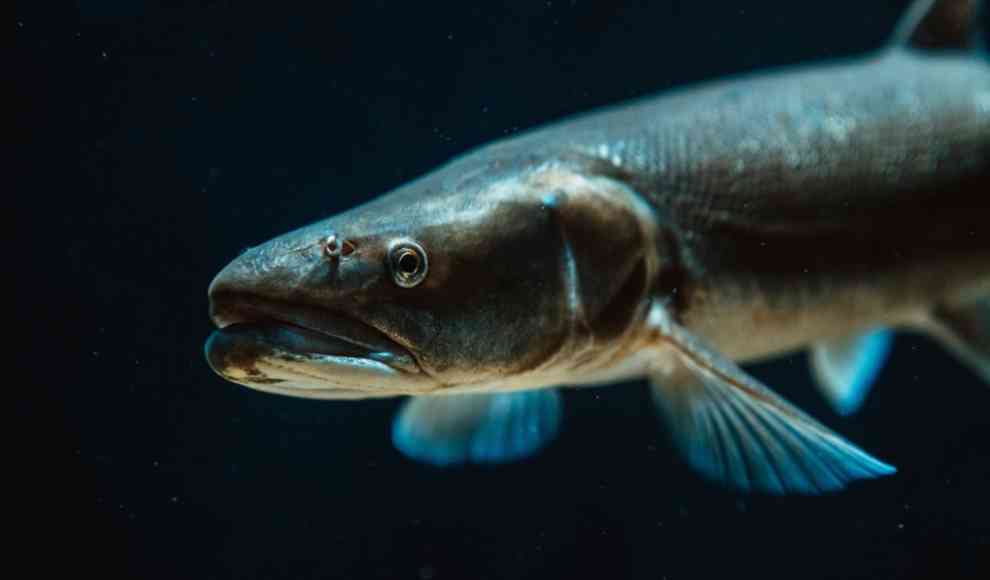Waterfowl Spread Fish Eggs to Remote Waters through their Diet
Biologists have long been studying how fish populate isolated bodies of water in high mountains, desert oases, and volcanic craters. The most plausible theory is that waterfowl transport fish eggs through the air to remote locations. However, the exact process has remained a mystery until now. A study published in the journal PNAS by scientists at the Hungarian Danube Research Centre in Debrecen has examined the possible ways of spreading fish eggs in detail. The researchers used common carp and Prussian carp, as well as mallards, to investigate whether the eggs could survive the digestive system of a duck. The analysis showed that about 0.2% of the eggs were still viable after being digested by the ducks. The embryos were completely unharmed and could hatch at the destination, forming the basis of a fish population.
Waterfowl are the most likely means of spreading fish eggs to remote locations. They can transport fish eggs up to 60 kilometers away, according to the researchers’ estimate. The food chain of waterfowl is therefore the “most significant means of distribution,” according to Lovas-Kiss. Although a survival rate of 0.2% may seem low, it is a considerable amount due to the thousands of eggs consumed. Further studies will investigate how often such events lead to the successful establishment of new populations of freshwater fish. The researchers will also analyze which bird and fish species use this method of distribution and what other factors are involved.
In conclusion, waterfowl play a crucial role in the distribution of fish eggs to remote locations. The study sheds light on the process of how fish populate isolated bodies of water and provides insight into the food chain of waterfowl. The findings will help biologists better understand the factors involved in the establishment of new populations of freshwater fish.










